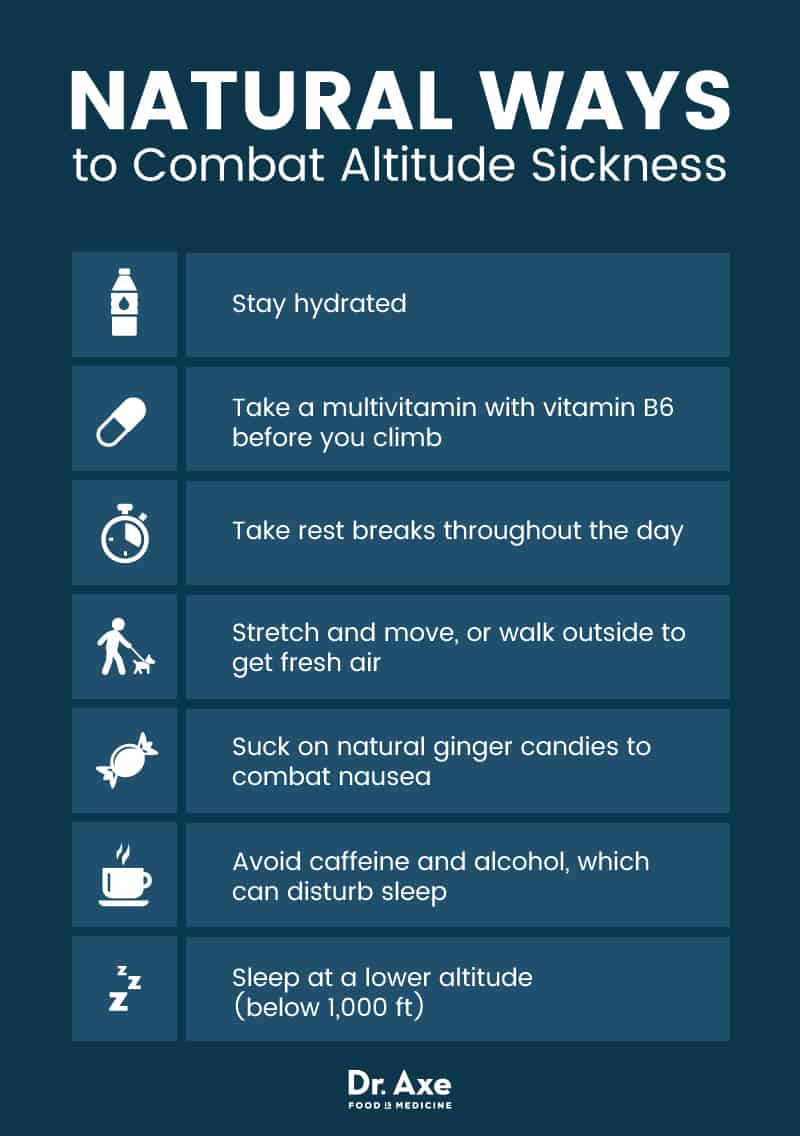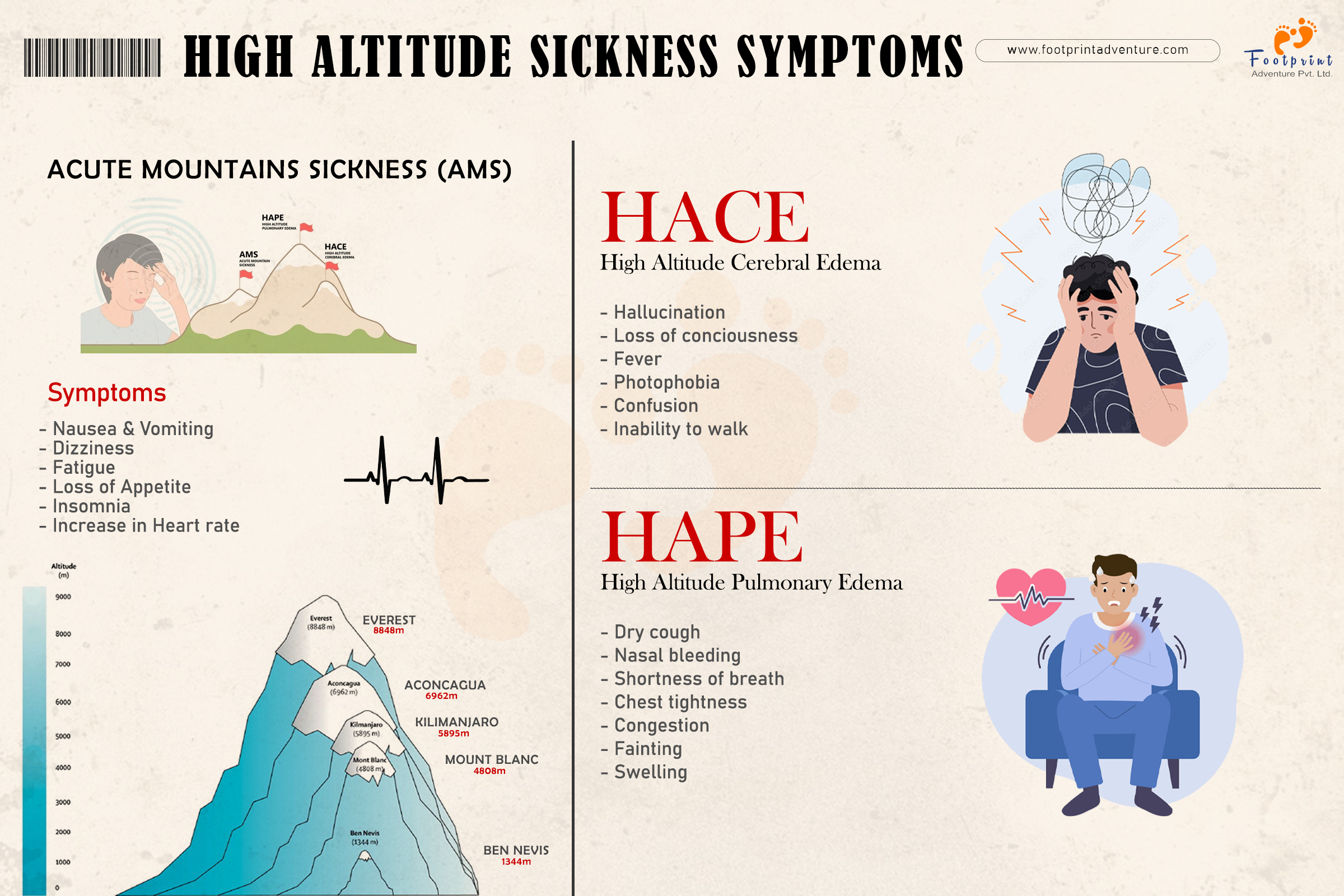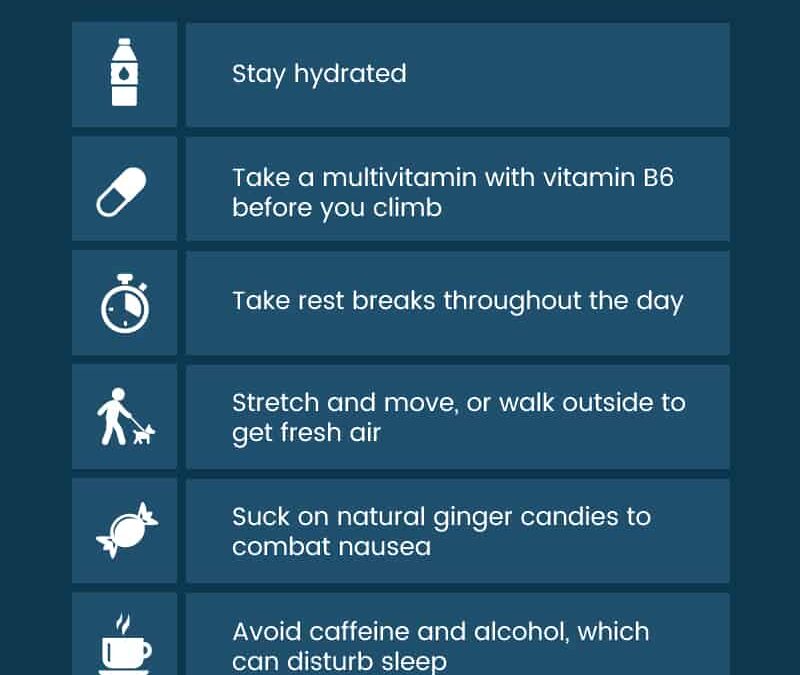Climbing Mount Kilimanjaro, the highest peak in Africa, is an incredible challenge, yet many adventurers face altitude sickness, turning a dream adventure into a nightmare. Did you know that around 75% of climbers experience some form of altitude sickness while scaling Kilimanjaro? This startling statistic underscores the importance of effective medication protocols to ensure a safe and successful ascent.
Over the years, medication protocols have evolved significantly to prevent altitude sickness on Kilimanjaro. For instance, medications like acetazolamide have been a game-changer, helping hundreds of climbers acclimatize better. According to recent data, using these medications properly can reduce the incidence of severe altitude sickness by up to 50%, offering a practical, science-backed solution for those set on reaching the summit.

Overview of Altitude Sickness and Its Impact on Kilimanjaro Climbers
Altitude sickness, also known as acute mountain sickness (AMS), is a condition that affects many climbers on high-altitude mountains like Kilimanjaro. Symptoms can range from headaches and dizziness to severe cases of pulmonary or cerebral edema. According to experts, over 50% of those who climb Kilimanjaro experience some form of altitude sickness. It’s crucial to recognize the signs early to prevent serious health risks. This is why many climbing guides stress the importance of proper acclimatization.
When climbing Kilimanjaro, the body struggles to adapt to the lower oxygen levels at higher altitudes. This can cause the heart to work harder, leading to breathlessness and fatigue. The lack of oxygen can impact sleep and overall energy levels, making each step feel more challenging. Trekkers must pace themselves and make use of acclimatization days to adjust to the altitude. Slow and steady truly wins the race when it comes to high-altitude climbing.
According to the article, there are three main types of altitude sickness: acute mountain sickness, high altitude pulmonary edema (HAPE), and high altitude cerebral edema (HACE). AMS is the most common and affects climbers who ascend too quickly without proper acclimatization. HAPE is fluid accumulation in the lungs, making breathing difficult. HACE involves swelling of the brain, leading to confusion and coordination issues. Understanding these different types helps climbers take preventive measures.
Climbing companies like Rashad Adventures emphasize safety protocols to minimize the risk of altitude sickness. They recommend hikers stay well-hydrated, eat a balanced diet, and avoid alcohol. Many climbers also carry medications that can alleviate symptoms. However, the best prevention remains a gradual ascent with plenty of rest stops. For more detailed tips about preventing altitude sickness on Kilimanjaro, you can read here is the post.
Understanding the Symptoms and Risks Associated with High Altitudes
High altitudes can trigger various symptoms as your body struggles to adapt to lower oxygen levels. Common symptoms include headaches, dizziness, and nausea. In more severe cases, climbers might experience shortness of breath and confusion. If these symptoms are ignored, they can escalate into more dangerous conditions. Early recognition and treatment are key to preventing serious health issues.
Altitude sickness can progress to high altitude pulmonary edema (HAPE) or high altitude cerebral edema (HACE). HAPE involves fluid buildup in the lungs, making it extremely hard to breathe. HACE, on the other hand, involves swelling of the brain, leading to severe headaches and even hallucinations. These conditions are life-threatening and require immediate descent to lower altitudes. Learning to identify these symptoms can save lives.
According to mountain guides, certain risk factors increase the likelihood of developing altitude sickness. Rapid ascent, lack of acclimatization, and overexertion are primary factors. Genetics also play a role, with some people naturally more prone to altitude sickness. Staying well-hydrated and taking it slow can mitigate some risks. Listening to your body is crucial when climbing at high elevations.
A report mentioned that understanding these risks is essential for anyone planning to climb Kilimanjaro. By recognizing the symptoms early, climbers can take action quickly. Guides emphasize regular health checks during the climb to monitor for signs of altitude sickness. It’s also beneficial to carry medications recommended by experts. For more detailed guidelines on dealing with high altitudes, you can read here is the article.
Essential Medications Recommended by Rashad Adventures
Rashad Adventures provides a list of essential medications to help climbers tackle altitude sickness effectively. One of the key medications is acetazolamide, commonly known as Diamox. This drug helps prevent and reduce the severity of altitude sickness. It works by speeding up the acclimatization process in the body. Acetazolamide is often taken before the ascent begins and continued throughout the journey.
Another vital medication is dexamethasone, a corticosteroid that reduces brain swelling associated with altitude sickness. This medication is particularly useful for treating severe cases of high altitude cerebral edema (HACE). It helps alleviate symptoms like severe headaches and confusion. Doctors usually recommend it for emergency use during climbs. Climbers should follow prescribed dosages carefully to avoid side effects.
Rashad Adventures also advises carrying ibuprofen or paracetamol for pain management. These over-the-counter medications can relieve headaches and muscle pain, common symptoms of altitude sickness. They help climbers remain comfortable and focused. Staying ahead of the pain can make the ascent more manageable. Always check with a healthcare provider before combining multiple medications.
Lastly, antihistamines can be useful for managing symptoms like congestion and runny nose that might accompany altitude changes. Keeping these essential medications on hand ensures a more successful and safer climb. According to guides at Rashad Adventures, climbers should pack a well-stocked medical kit. Here are the post details about the recommended medications and dosages to ensure a safer ascent.
Pre-Climb Preparation: Medication Timing and Dosage
Getting the timing and dosage of medications right before your climb is crucial for preventing altitude sickness. Climbers often start taking acetazolamide 24 to 48 hours before the ascent. The typical dosage is 125 to 250 milligrams twice a day. This helps the body begin acclimatizing even before reaching higher altitudes. Continue the medication throughout the trip to maintain its effect.
For those who might need dexamethasone, it’s generally taken only if severe symptoms appear. The typical dosage is 4 milligrams every six hours. This medication is a powerful steroid and should be used cautiously. Always consult your doctor for the right advice. Dexamethasone is more about emergency use rather than prevention.
Ibuprofen or paracetamol can be taken as needed for pain relief. Follow the recommended dosages on the packaging or as advised by a healthcare provider. Usually, one tablet every six to eight hours suffices. These medications help manage headaches and body aches associated with altitude changes. Overuse can lead to side effects, so moderation is key.
Antihistamines may also be part of your pre-climb preparations. They can alleviate nasal congestion that sometimes accompanies altitude sickness. Take them as needed, but note that drowsiness can be a side effect. It’s best to test how your body reacts before the climb. Staying well-informed ensures you use these medications effectively.
Proper hydration and nutrition also play a vital role in medication effectiveness. Drink plenty of water to help your body adjust. Eating a balanced diet makes medications more effective. Avoid alcohol and caffeine, as they can cause dehydration. Combining these lifestyle choices with the right medication can make your climb safer.


Recent Comments